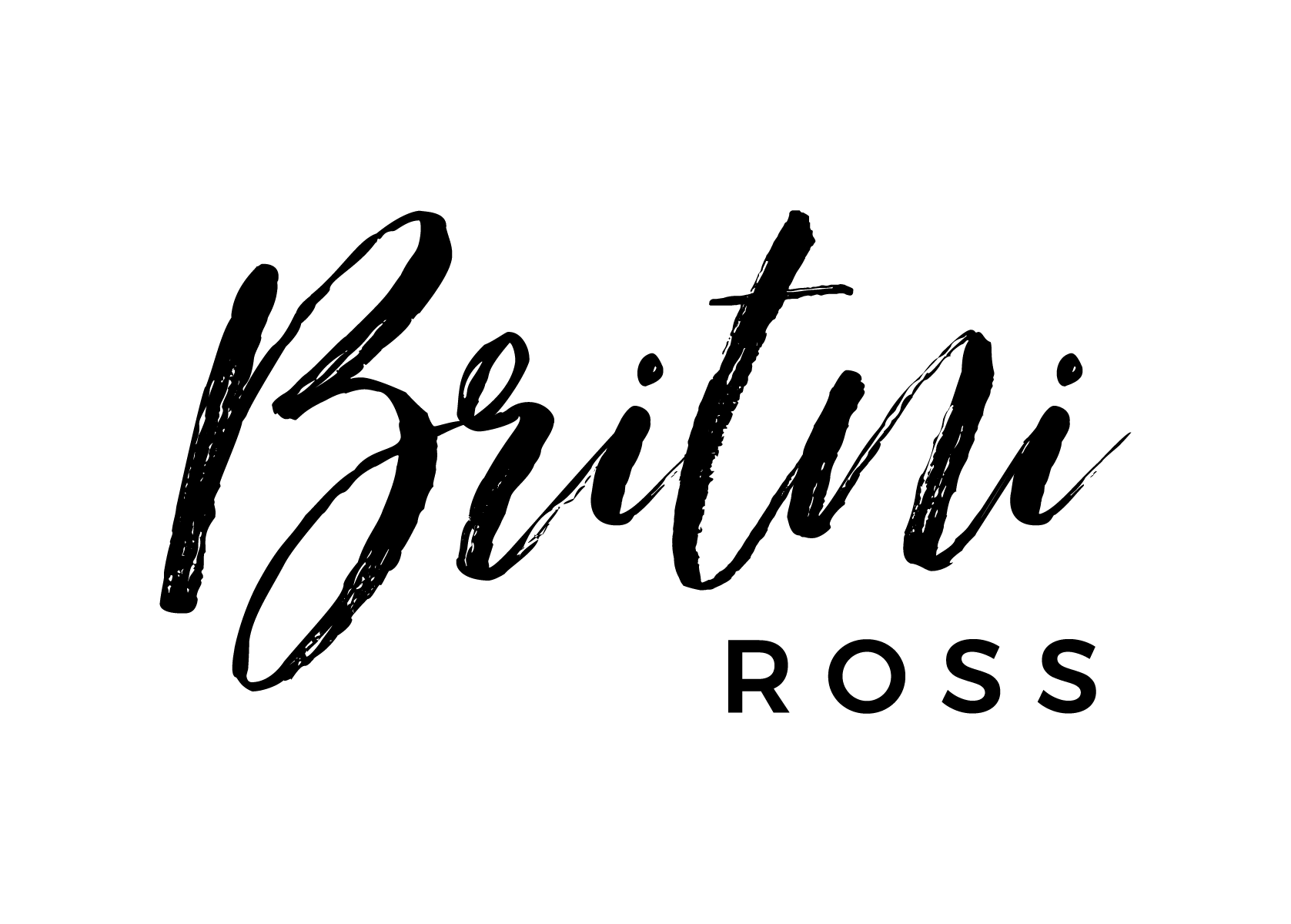
You’ll likely never forget to include big expenses like your mortgage or student loan in your monthly budget. And even though your utilities change from month to month you at least come up with an idea of how much to budget for them. But what about those things that don’t come up regularly? There are many categories that are often forgotten when people start budgeting. Instead of being surprised, have a plan for how to handle these things when they inevitably pop up.
Here are 11 of the most commonly forgotten monthly expenses.
1. GIFTS
Between holidays, birthdays, weddings, and retirements, you can buy a lot of gifts in a year! When you have school-age children it can feel like you’re dropping $10 every other week on another cheap, generic gift for yet another classmate’s birthday party. Mark your calendar ahead of time with all the gift-giving occasions in your life and create a line in your monthly budget just for gifts.
2. AUTO & HOME REPAIRS AND MAINTENANCE
Our homes and our cars require maintenance. Sometimes they break and need fixed. It shouldn’t be a surprise that your car needs an oil change or that your HVAC needs new filters. Build these items into your budget and take adulting to a whole new level.
3. MEDICAL COSTS
Co-Pays, prescriptions, and out-of-pocket medical expenses can eat away at your budget if you’re not prepared. What sort of medical costs do you and your family need to include when you create your next budget?
4. PETS
We love our furry companions and it’s important that we make room for them in our monthly budgets and not just our homes. Your pet’s food, medicine, and toys should be a line item in your budget. Don’t forget to include infrequent expenses like vet bills and annual licensing costs.
5. INSURANCE
If you are one of the millions of Americans who pay your car insurance every six months, this is a big expense that could really take a bite out of your budget if you don’t plan ahead. Divide your total amount into a monthly payment to include this as part of your regular budget.
6. SEASONAL ITEMS
Whether it’s mulch and flowers in the spring, a new patio chair in the summer, or salt and snow shovels in the winter, you have seasonal expenses that need to be included in your monthly budget. Including an allowance for this category, each month will help you become a budgeting master.
7. SCHOOL FEES & EXTRACURRICULAR ACTIVITIES
If you’re a parent you truly understand what it feels like to be nickel-and-dimed to death by school and extracurricular fees. If you don’t make room for them in your budget, those random field trips, supply fees, sign up fees, uniform costs, and fundraisers can throw you off course.
8. HAIRCUTS
Easily overlooked (until you realize that your child is starting to look like they live under a bridge), haircuts are an expense that deserves a spot in the budget. Add this as a line item in your monthly budget and keep you and your budget lookin’ good!
9. CLOTHING
Seasonal changes, special events, and replacing items that have worn out are just a few reasons to include clothing as a category in your monthly budget.
10. TAXES
This one goes out to all my self-employed brothers and sisters. Every year April 15th rolls around and every year business owners around the country are shocked to find out that they owe money to the IRS. Taxes don’t have to be a surprise. Talk to your CPA and determine how much you need to set aside each month.
11. SUBSCRIPTIONS & MEMBERSHIPS
Monthly memberships and subscriptions are easy to remember, but what about those annual costs? Keep a list of all your annual dues and subscriptions so you’ll never be blindsided by these things again.
Here are 3 tips that will help you never be surprised by these sneaky expenses again!
1. BUDGET FOR IT
For expenses that come up over and over again, make a line in your budget for these things. In our house, this includes things like gifts, haircuts, and school fees.
2. SET ASIDE CASH
The old tried-and-true method of saving cold, hard cash. If you have a secure place in your home, you could use labeled envelopes to set aside money for expenses like car and home repairs, vet bills, or clothing. This system allows you to easily see how much money you have available to spend in each category.
3. SINKING FUND
The sinking fund method is where you set aside a specific amount of money each month for a certain period of time. An example I can share from my life is saving up for a new roof. We know we want to replace the roof in 2 years and we have an estimate of $12,000 for the job. In order to pay cash for a new roof, we need to save $500 a month. I can think of much more fun way to spend our hard-earned moolah, but it has to be done.
A more common example is one that rolls around on December 25th each year — Christmas! Take your total gift budget and divide it by how many months left until December. If your total budget for gifts is $1200 and you have 8 months left until the holidays you need to set aside $150 a month from now until December to reach your goal. Many smaller, local banks even have programs (often called “Christmas Club”) where they set this up for you.
So there you have it, 11 expenses that are easily left out of the monthly budget.
